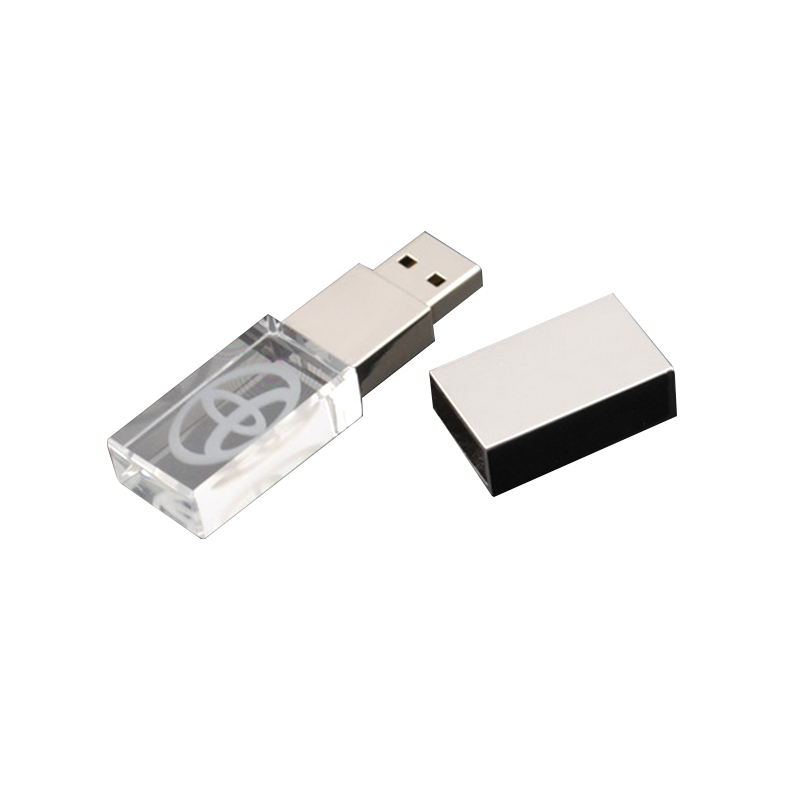USB drive Manufacturers produce and distribute USB flash drives in a variety of shapes, styles, sizes and colors. They come with up to 256 gigabytes (GB) of storage and have USB 2.0 or 3.0 interfaces. They are suitable for storing and transferring photos, videos, documents, music and files from one computer to another. They are also compatible with most smartphones, tablets and other devices with USB ports. They are offered in a range of different specifications and can be branded with the client's logo or other text.
When people need to transfer large amounts of data from one computer to another, they often use a USB flash drive or external hard drive. These devices are portable, durable and affordable, making them a popular choice for businesses and consumers alike. However, it is important to understand how a USB flash drive works before making a purchase. This article will cover the key components of a USB flash drive, how they work together to store and transfer data, and the different options available.
A USB flash drive consists of three main parts: the memory chips, the PCBA board and the case. The memory chips are typically purchased from high-end consumer electronics businesses such as Samsung or Intel, and they are attached to the PCBA board, which is the central piece that holds everything together. The case is usually made from metal or plastic and protects the internal circuitry. The USB plug connector is usually located on the edge of the case and connects to the PCBA board via a wire.
Some USB flash drives have a cap, which helps to reduce the risk of damage, prevents the entry of dirt or other contaminants and improves overall device appearance. Others have a retractable USB connector, which is ideal for transporting the device. The USB connector and the body may contain a hole that can be used to connect to a key chain or lanyard, which can help keep the USB drive from getting lost or misplaced.
Every USB flash drive has a different life expectancy, which is influenced by its living conditions and the amount of data it is written to or erased. In general, it is estimated that the average USB flash drive will experience between 10,000 and 100,000 write or erase cycles within its lifetime. This means that it will continue to function normally until it reaches its maximum storage capacity, is no longer portable or breaks.
Although it is possible to save money by purchasing a generic USB flash drive from a discount website, this can result in poor quality and potentially malware-infected data. Instead, it is recommended to seek out a quality supplier that offers custom-branded USB flash drives and other electronic products. These companies can offer a wide range of branding options, including silk screening, digital printing, pad printing, engraving and etching, embroidery and die-cutting. They can also help with the design process to ensure that the final product will meet the customer's requirements.


 EN
EN CN
CN ES
ES RU
RU








